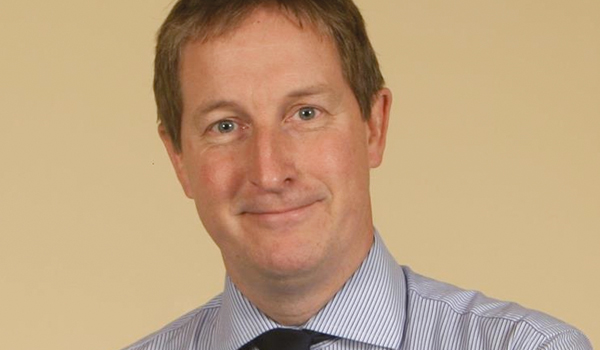Control room on revolutionary path
Three of the biggest names in police technology have developed a concept for a revolutionary control room of the future that will ensure victims of crime receive better and quicker help.
Three of the biggest names in police technology have developed a concept for a revolutionary control room of the future that will ensure victims of crime receive better and quicker help.
It will give police officers taking emergency calls more information on the caller, as well as where the nearest units to respond are located.
The technology, which has been developed by Microsoft Services, mapping service Esri and communications firm Frequentis, could be used to help control room staff quickly identify if victims of domestic violence require immediate help or where the closest police cars are in relation to a serious traffic accident.
The companies say the control room will be more efficient, cut response times and be able spot patterns in incidents.
Peter Prater, key account manager at Frequentis and executive committee member at the public safety association British APCO, said: The information available to the emergency services to influence incident response will grow more rapidly in the next five to ten years than it probably has in the past 40 to 50 years. It is imperative that emergency services organisations can constantly evolve their control room solutions and workflow to accommodate this fact.
[This is] a revolutionary path for the control room, reflecting new advances that will enable operational efficiencies, reduced response times and identify patterns. To date, these are not present in any emergency service control room.
With policing budgets under pressure, he said chief constables and police and crime commissioners met in November to map out how law enforcement can provide better value for money for the taxpayer over the next ten years.
Part of that plan was to make far better use of digital technology, said Mr Prater.
The control room technology was showcased at last months British APCO annual conference.
When a member of the public dials 999, contact management staff can quickly view information they already have on that person such as if they are vulnerable, been a victim of harassment or had previous contact with officers for other issues and where they are on a map.
An incidents screen will show staff on the map where officers are in relation to the call so they can respond quickly.
However, the system will not give staff access to external sources of information on callers.
Simon Cottingham, head of public safety at Esri UK, said the geographic information systems technology ensures that increasingly limited resources are directed to the most appropriate personnel, at the most appropriate locations, helping them to make the right decisions to deliver the best possible service for communities and citizens.
A combination of Microsofts Dynamics, Azure and Sharepoint systems will also allow greater collaboration between call centre staff and officers, improving knowledge of an incident and how best to respond in each circumstance.
Matt Bishop, UK policing chief technology officer at Microsoft Services, said: We are empowering police forces to better engage and serve citizens. Instead of thinking about cases and incidents, the citizen is now at the heart of every contact, and we can see we a world where this isnt just a solution for police, but all agencies involved in serving the community.



